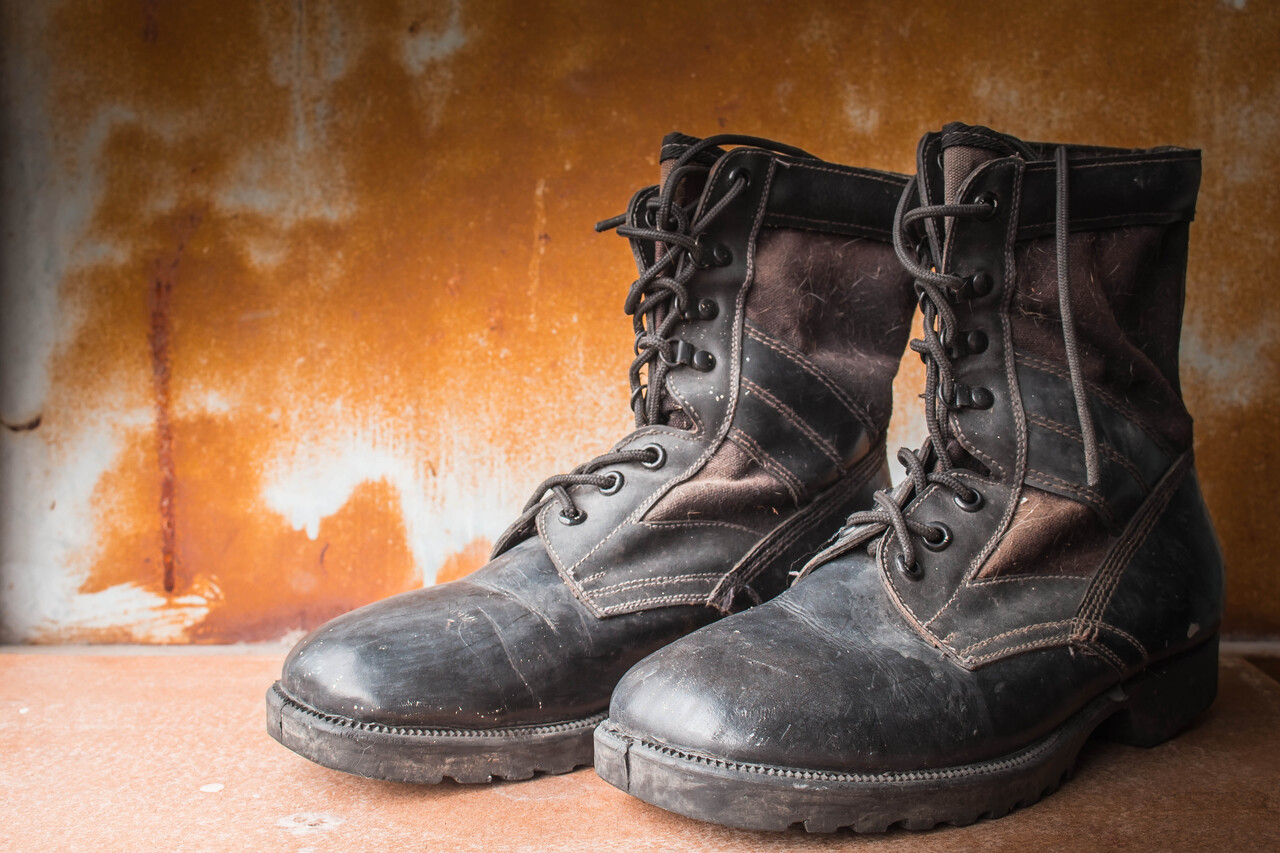
Safety shoes protect you from a variety of hazards in the workplace. Depending on the material, it can prevent slips, shield your feet from sharp objects, reduce the effect of bumps, and insulate your skin from varying temperatures. But for your boots to work as it’s intended to, they should be cleaned and maintained properly. Keep on reading if you want to learn more about safety shoe care!
Before and after wearing your safety shoes, it is a good idea to give them a quick look-over first. If you see any signs of damage, it might not be the best decision to use it to work because it can’t protect you from risks.
When inspecting your shoes, make sure to look for the following things:
You can test the soles, heels, and toecaps by pulling them slightly. This way, you can ensure that the parts are not weak and loose. Be aware of the effects of too much heat, water damage, and prolonged storage.

If you’re using safety shoes that are stored in a cabinet for a long time, it is a good idea to check their condition before use. Depending on the material used in the footwear, it might undergo the process of hydrolysis, where the material breaks down because of continuous exposure to water vapor over time. This is the result of warmth and high humidity and most often happens to shoes that are stored in confined spaces.
If you use your safety shoes often, there’s no need to worry about this issue because hydrolysis happens slowly. It could take 3 years of storage before you see signs of this problem. More often than not, you will maximize the lifespan of your footwear before this occurs.
Some jobs require you to repeatedly expose your shoes to water and mud. In this case, you might need footwear with waterproofing or water-resistant properties. If you’re looking for options, Dels Apparel’s Phocea, Saga, Sault, Simba, and TW402 are great choices because they feature water-resistant treatment.
If you don’t use the right safety shoes, your footwear can be damaged by water. For example, leather shoes that are not treated with water resistance can get stiff and hard—which can lead to cracks in the worst-case scenario. If exposed to wet conditions without drying, the material could also rot. When storing any type of safety shoes, avoid damp areas because this can cause the boots to develop mold.

You might be wondering if it’s alright to put your shoes in the dryer if they become wet. This is not recommended because some materials that are exposed to direct sunlight and heat can shrink, crack, and deteriorate. When working in hot environments, it is best to use footwear with thermal protection.
If you want to dry your shoes, it is a good idea to air them out instead. Use a dry sponge and remove all the moisture as much as you can. You can also stuff the shoes with crumpled newspaper to help speed up the drying process.
Depending on the material of your safety shoes, the cleaning process would differ. Not all footwear can be washed with detergent, so make sure to find the right cleaning process suitable for the material.
Most safety shoes are made with leather material because it is light, durable, and comfortable to work in. That’s why if you have this type of footwear, you need to know how to clean and maintain it properly.
When cleaning leather safety shoes, get rid of any dirt first. Use a leather cleaner and a soft cloth to carefully rub out the stains. After that, you can use another cloth to wipe off any residue and allow the footwear to air dry. If you want to apply extra protection to your shoes, you can also dab shoe polish, cream, or oil. A water-resistant spray is also a good option.
Some safety shoes are made with suede combined with leather. When taken care of properly, this material is soft to the touch. When cleaning suede safety shoes, you can use a special suede brush to remove any particles of dirt. If you don’t have access to one, a soft nail brush and toothbrush will also work wonders.
After that, you can apply a tiny amount of baking soda to areas with oil and wet stains. This will absorb the stains on your safety shoes. The next day, get rid of any excess powder and spray your shoes with a water-resistant product. This makes suede easier to clean in the future.
Depending on the material of your protective footwear, the safety shoe care guidelines will vary. Leather and suede shoes are excellent footwear materials because they’re lightweight and durable. These are often treated with water resistance to make the cleaning easier for the wearer.
Remember to store your footwear properly away from hot and damp conditions and wear them frequently to keep them in the best condition. As one of the most important types of safety gear for workers, safety shoes protect you from a variety of hazards.
If you’re interested in safety shoes, you can contact Dels Apparel today!